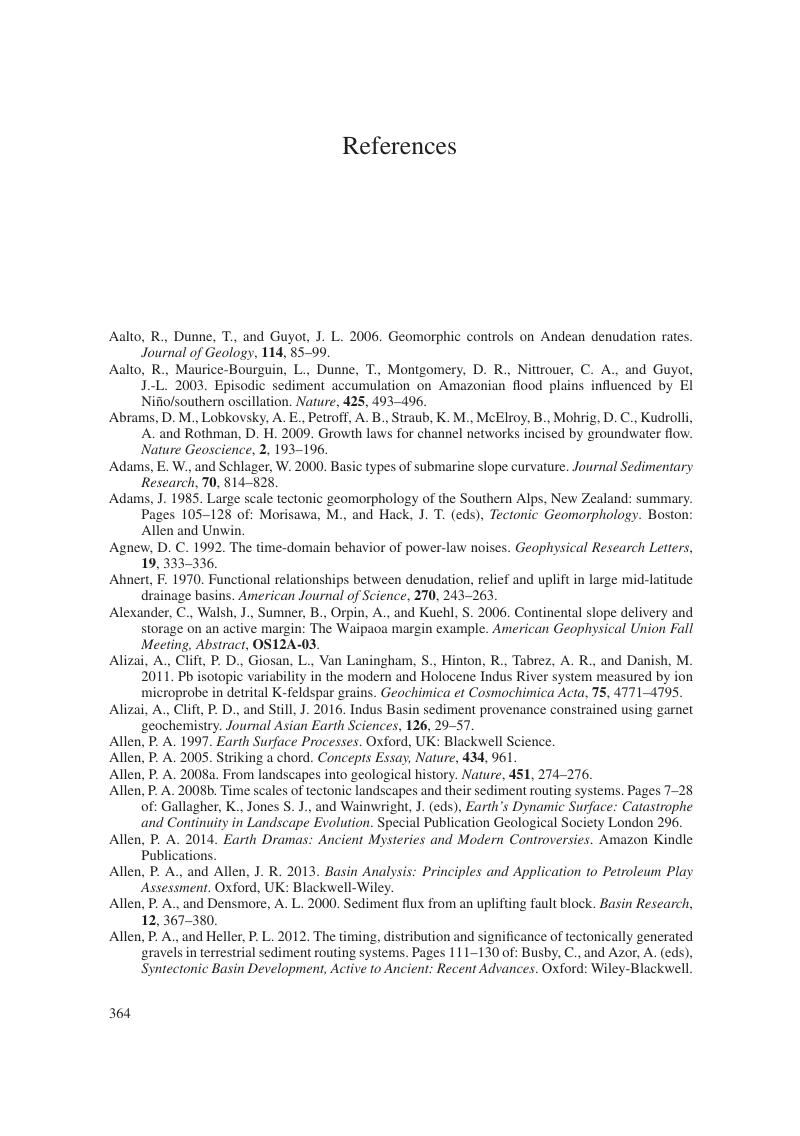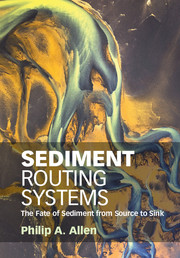References
Published online by Cambridge University Press: 03 October 2017
Summary

- Type
- Chapter
- Information
- Sediment Routing SystemsThe Fate of Sediment from Source to Sink, pp. 364 - 402Publisher: Cambridge University PressPrint publication year: 2017



